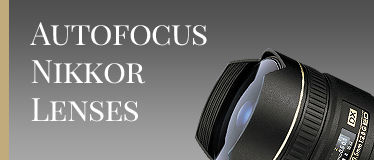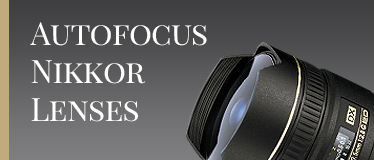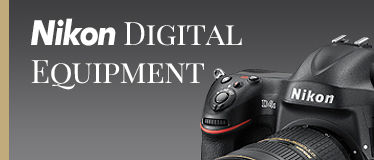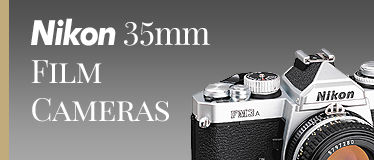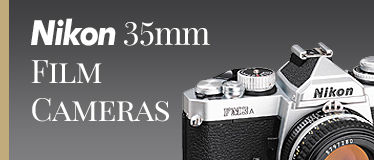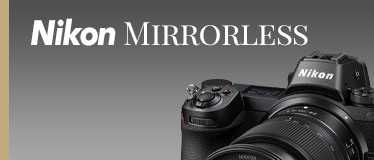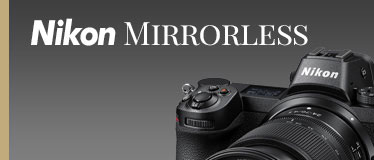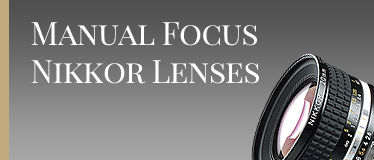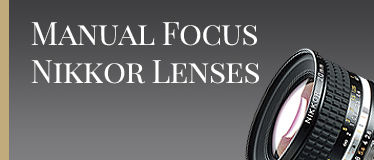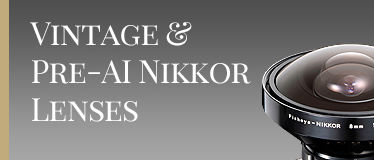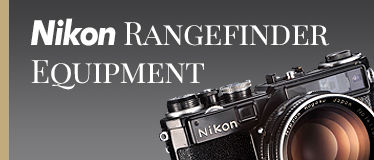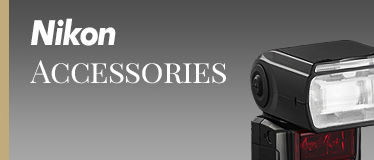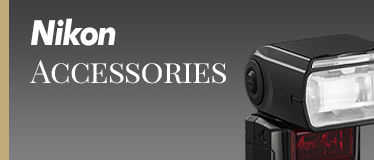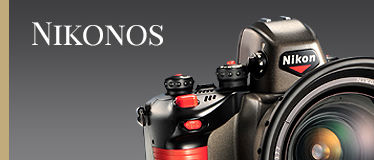Second-hand Equipment
Nikon Rangefinder Equipment
Nikon Rangefinder Accessories
| Nikon 13.5cm finder, chrome for Nikon Rangefinder camerasShop OnlineMore... | EXC+ | £95.00 |
| Nikon Flash Unit Model BC-5Shop OnlineMore... | EXC | £75.00 |
Nikon Rangefinder Cameras
| Nikon S4 body, chrome + 5cm f/2 Nikkor-H, blackShop OnlineMore... | EXC | £1,395.00 |
| Nikon SP (Chrome) + 5cm f/1.4 Nikkor-S (Black)Shop OnlineMore... | EXC++ | £1,950.00 |
| Nikon SP camera body, chromeShop OnlineMore... | EXC+ | £1,200.00 |
| Nikon S3M Rangefinder Camera, chrome with S72 motor driveShop OnlineMore... | EXC++ | £25,000.00 |
| Nikon M c/w 5cm f/2 Nikkor-HC lensShop OnlineMore... | EXC++ | £5,000.00 |
Nikon Rangefinder Lenses
| 13.5cm f/3.5 Nikkor-Q Black (new style)Shop OnlineMore... | MINT- | £295.00 |
| 13.5cm f/3.5 Nikkor-QCShop OnlineMore... | MINT | £325.00 |
| 5cm f/1.1 Nikkor N (Internal Mount)Shop OnlineMore... | VG- | £2,450.00 |
| 13.5cm f/3.5 Nikkor-QC - ChromeShop OnlineMore... | MINT- | £195.00 |
| 5cm f/3.5 Micro-Nikkor for Nikon RangefinderShop OnlineMore... | MINT | £5,000.00 |
E&OE
We offer a 14-day money-back approval on all second-hand equipment purchased from Grays of Westminster. This means that if the item fails to live up to your expectations for any reason whatsoever, you may return it within 14 days of purchase for a full refund. (This does not include postage charges.) If you are happy with your purchase, it will be covered by a six months’ warranty. However, if you are a subscriber to the Nikon Owner magazine, the warranty period will be extended to 12months (except for the One-Year Online Digital subscription @ £49.00). For full details go to: www.nikonownermagazine.com
*Definition: Nikon digital SLRs have either an FX or a DX sensor. The FX sensor, measuring 24x36mm, is roughly equivalent to the size of the 35mm film frame. The DX sensor is smaller, measuring 15.8x23.6mm.
DX-NIKKOR lenses are engineered and optimized for use on Nikon DX-format D-SLRs and are designed to cover the smaller image area of the DX sensor. When a DX lens is mounted on an FX-format Nikon D-SLR, the cameras DX-Crop Mode is automatically engaged, introducing a 1.5x magnification (cropping) factor.


